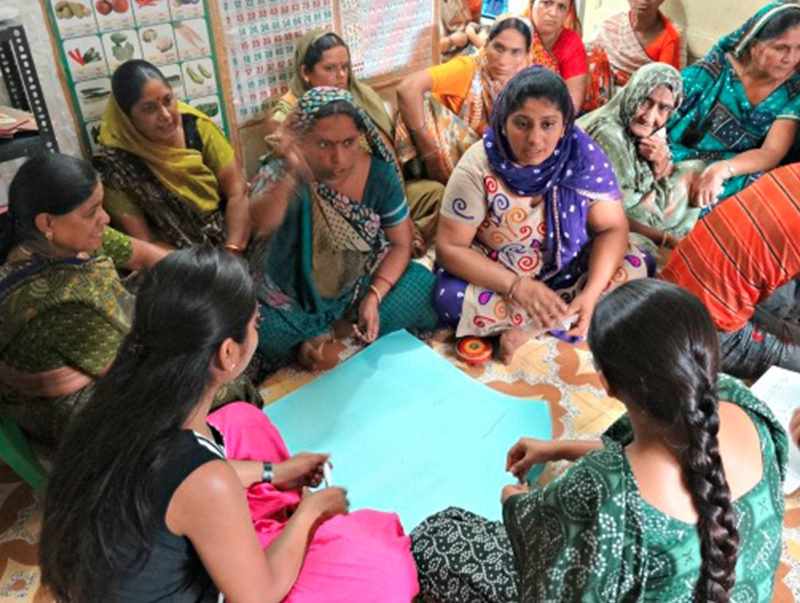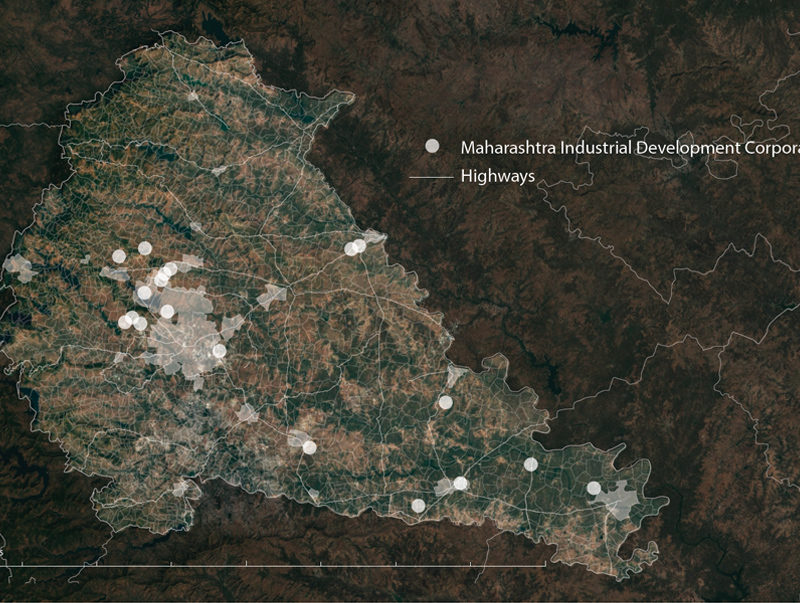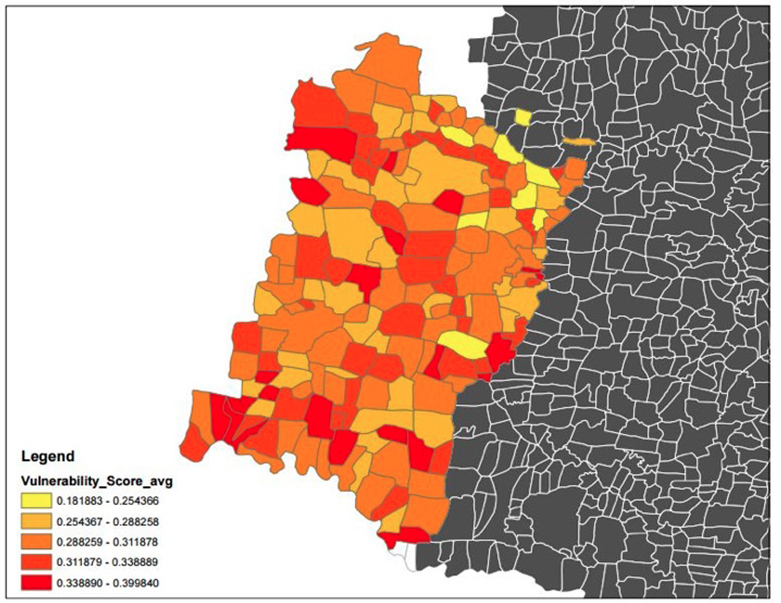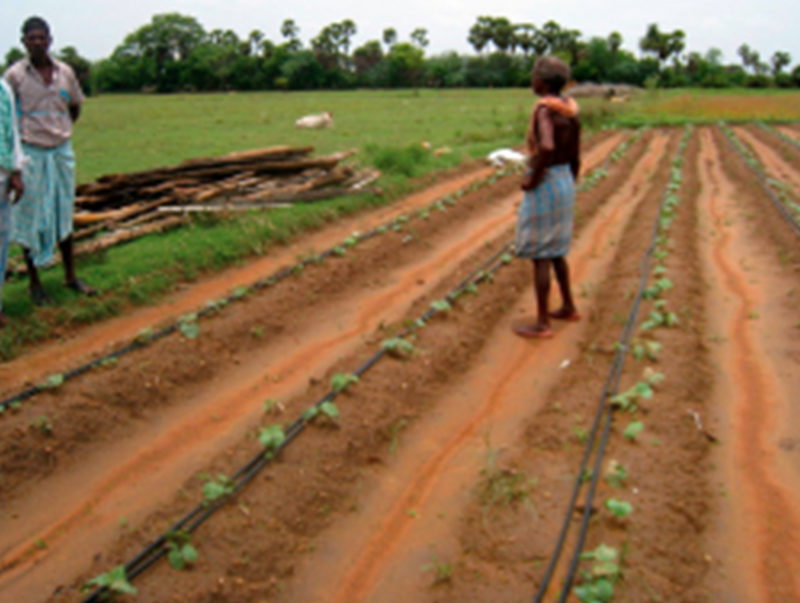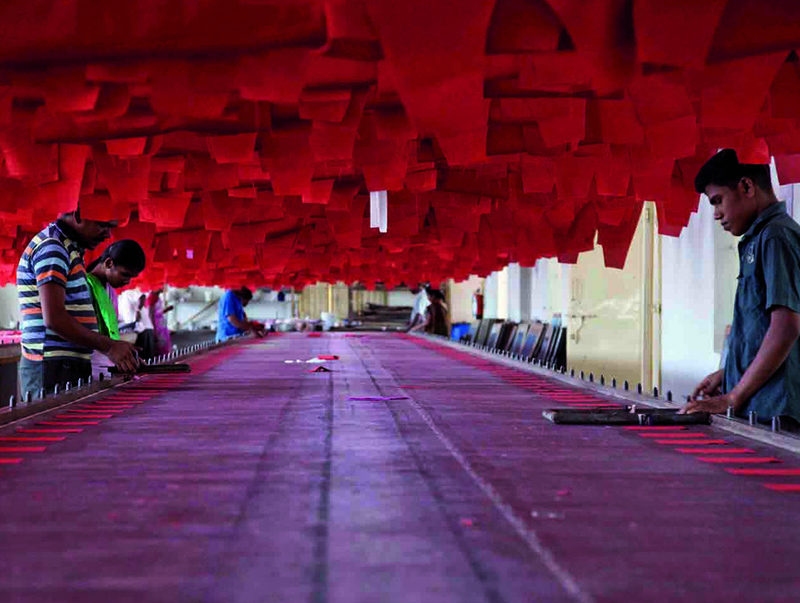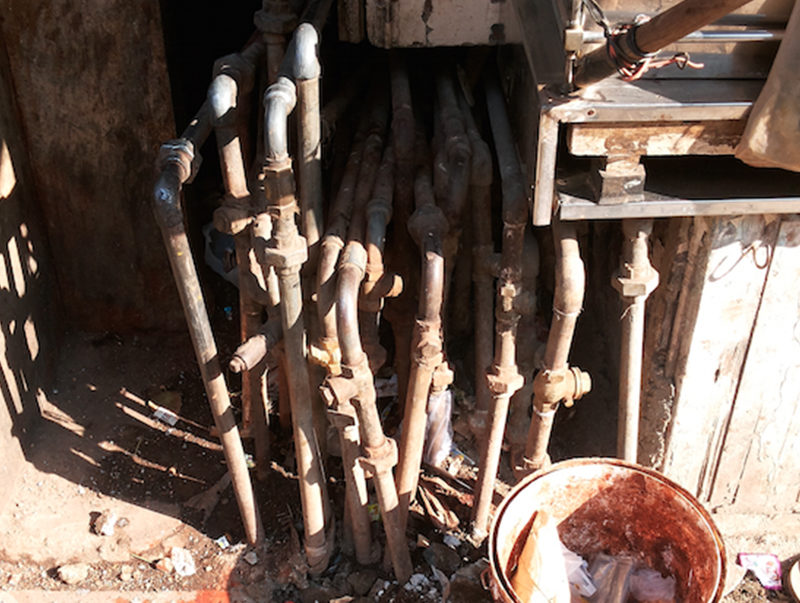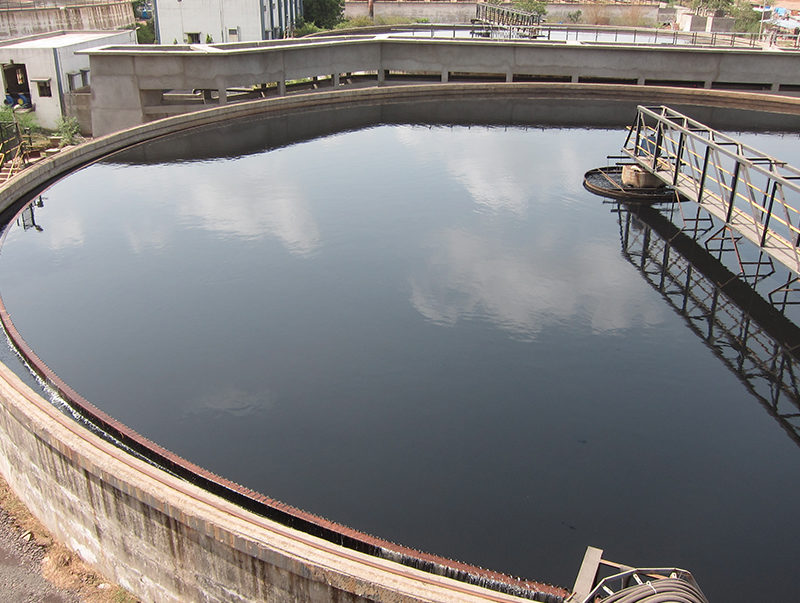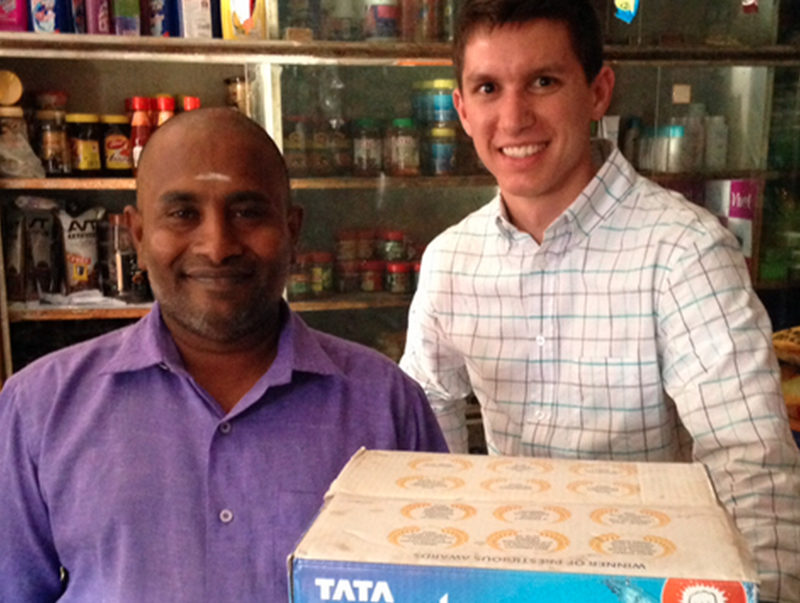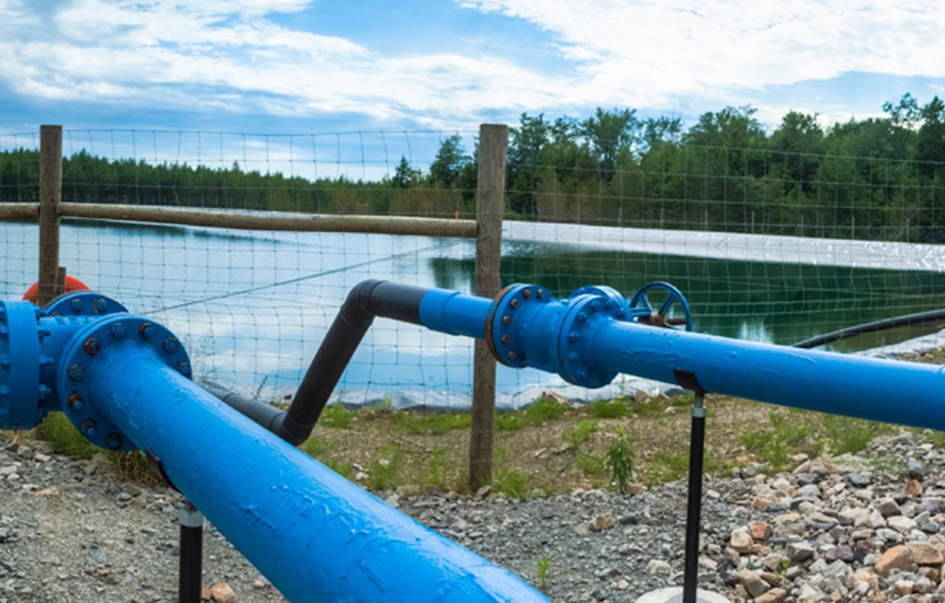
Securing clean water is a global challenge made even more difficult in areas of high population density and sparse surface water. In India, the available groundwater often requires significant purification steps before it meets the World Health Organization’s drinking water standards. Wells across the nation are poisoned with intolerably high levels of arsenic, nitrates, fluoride, metal ions, and other contaminants. Because of these trace toxic ion impurities, low-salinity aquifers cannot meet India’s growing water demands. While many established water treatment technologies are available, few are well equipped to treat low salinity sources and none can achieve complete elimination of the toxins.
Shock Electrodialysis (SED) is a recently developed water purification technology which promises to completely eliminate ionic impurities in water with significantly lower energy overhead when compared to incumbent technologies like reverse osmosis.
Like electrodialysis (ED), SED passes an electric current perpendicular to flow in order to guide ions out of a purified stream of water and into a concentrated brine to be disposed of. However, the separation of fresh and brine does not make use of a physical barrier like a membrane. Instead, the streams are separated by a stable concentration “shock” that arises from passing overlimiting current between the electrodes. This shock is stable in flow and possible only because of the SED device’s carefully chosen porous media, which must have pores small enough to prevent the formation of vortices and have enough surface charge to promote the surface conduction of oppositely charged ions.
As it stands, SED is still a young technology and its energy consumption is significantly higher than what the theory predicts. The focus of this project is narrowing the gap between the device’s current performance and the theoretical “best performance” in order to make deployment of the technology feasible.



